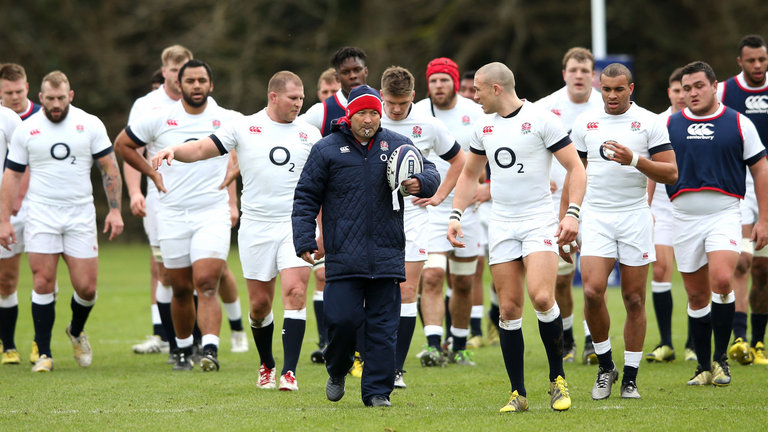Eddie Jones: Awesome hotdog salesman
/"Coaching is like selling the same hotdog to a player everyday and telling him it's good for him; you just need to change the sauce or topping for them"
Eddie Jones delivered as expected for the opening of ICCE Global Coaching Conference 2017; insightful, challenging, direct.
An insight into his personality started prior to his keynote; introducing himself to many senior delegates at ICCE Conference and trying to probe for their background to see if possible to extract some information from them, displaying his passion for learning and development.
He drew upon often his most recent coaching posts within both Japan and England national sides. He described how he developed team leaders within Japan national side by conducting coach-less meetings and allowing them to fail plus adding extra training sessions to give them "ahead start" whilst trying to create an "amateur spirit among the players and learn to enjoy training again".
He spoke of some of the adopted practices from Japan had been introduced to the English national side, most notably introducing a game model and tactical periodisation to their preparation. He and his coaching team ensures they train frequently above game intensity and place themselves under the pressures experienced during games while adopting "functional training" practices, seeing players making decisions more regularly and working under fatigue with S&C coaches and rugby coaches working in conjunction together.
Jones described how we need to adapt as coaches, understanding how our sports are currently played and practices of other sports. He described how our role as coaches is to "make players uncomfortable, to make players grow", continually making the players to think for themselves or make decisions as part of a group and act independent from coaches. He touched on our ability as coaches to "offer accurate feedback and enthusiasm on the run", something I have discussed previously within rugby union circles. I believe we as coaches need to address our current fundamental purposes in the game; understanding the needs of players as individuals, ensure players basics skills are addressed and developed while expanding their imagination and motivation to succeed within the sport, points which were echoed in Jones' keynote.
Our necessity to continue to learn and develop as coaches were summed up in a couple of quotes by Eddie Jones during this address:
Don't be afraid to look at things without the bias of tradition. It takes courage to think differently.
You never "arrive" as a coach...you never "become" as a coach
Thanks for sharing Mr Jones and thanks to ICCE Conference for organizing a great start to the conference.






